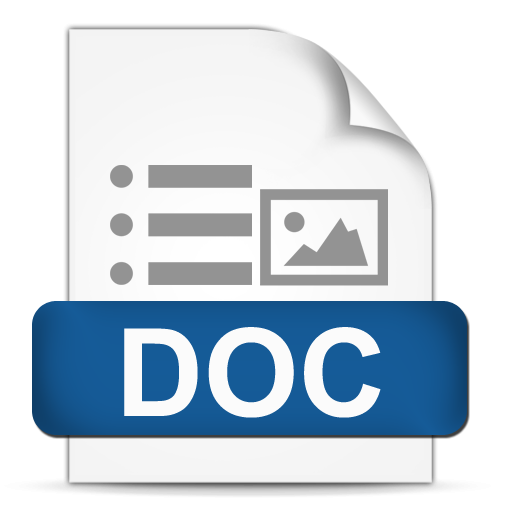Building Information Modeling (BIM) Implementation Strategy in Construction Service Companies
 Viewed = 0 time(s)
Viewed = 0 time(s)
Abstract
This paper determines and analyzes related to the strategy for implementing Building Information Modeling (BIM) on the Hamawas Toll Road, the General Civil Division (DSU) of PT Hutama Karya (Persero). The background to this strategy was determined by the inhibiting factors for BIM implementation, such as the quality of human resources (HR), implementation methods, and implementation costs. The analysis was carried out using the Analytic Hierarchy Process (AHP) way, which describes complex problems in a multi-level structure to the last level of the alternatives. Level 1 consists of inhibiting factors for BIM implementation. In contrast, level 2 is a sub-criteria of level 1 which consists of work culture, HR capabilities, BIM system implementation, CDE platform utilization, BIM system operating procedures, BIM software, and hardware costs.. The results of the study show that the best strategy based on level 1 is HR quality with a Consistency Ratio (CR) value of 0.02, level 2 is HR capability with a CR value of 0.02, and the alternative is to make BIM legality with a CR value of 0.02. The CR value is less than 0.1, so the data is valid and can be used.
References
Amin, Haidar Khoirul, & Suroso, Agus. (2023). Faktor faktor penghambat penerapan teknologi building information modelling pada tahap perencanaan proyek jalan tol. TEKNOSAINS: Jurnal Sains, Teknologi Dan Informatika, 10(1), 91–100.
Hatmoko, Jati Utomo Dwi, Pandarangga, Adi Papa, Ismail, Rifky, Ariyanto, Mochammad, Perdana, Yasya Khalif, Putri, Farika Tono, Caesarendra, Wahyu, Wicaksono, Purnawan Adi, Saptadi, Singgih, & Prianto, Eddy. (n.d.). Revolusi Industri 4.0.
Hutama, Handika Rizky, & Sekarsari, Jane. (2018). Analisa faktor penghambat penerapan building Information modeling dalam proyek konstruksi. Jurnal Infrastruktur, 4(1), 25–31.
Kusumartono, H., Krisbandono, A., Permana, G. P., Andarwati, N., Indraprastha, A., Widyastuti, A. R., Irsan, A., & Rahman, A. (2018). Panduan Adopsi BIM dalam Organisasi. Jakarta Selatan: Pusat Litbang Kebijakan Dan Penerapan Teknologi.
Pantiga, Januar, & Soekiman, Anton. (2021). Kajian Literatur Implementasi Building Information Modeling (BIM) Di Indonesia. Rekayasa Sipil, 15(2), 104–110.
Rizqy, Rizal Maulana, Martina, Nunung, & Purwanto, Hari. (2021). Perbandingan Metode Konvensional Dengan Bim Terhadap Efisiensi Biaya, Mutu, Waktu. Construction and Material Journal, 3(1), 15–24.
Sacks, Rafael, Brilakis, Ioannis, Pikas, Ergo, Xie, Haiyan Sally, & Girolami, Mark. (2020). Construction with digital twin information systems. Data-Centric Engineering, 1, e14.
Siebelink, Sander, Voordijk, Hans, Endedijk, Maaike, & Adriaanse, Arjen. (2021). Understanding barriers to BIM implementation: Their impact across organizational levels in relation to BIM maturity. Frontiers of Engineering Management, 8, 236–257.
Tauriainen, Matti, Marttinen, Pasi, Dave, Bhargav, & Koskela, Lauri. (2016). The effects of BIM and lean construction on design management practices. Procedia Engineering, 164, 567–574.
Thangaraj, M., Suguna, S., & Sudha, G. (2022). Big data Analytics: Concepts, Techniques, Tools and Technologies. PHI Learning Pvt. Ltd.
Vass, Susanna, & Gustavsson, Tina Karrbom. (2017). Challenges when implementing BIM for industry change. Construction Management and Economics, 35(10), 597–610.

 https://doi.org/10.35877/454RI.qems1829
https://doi.org/10.35877/454RI.qems1829








